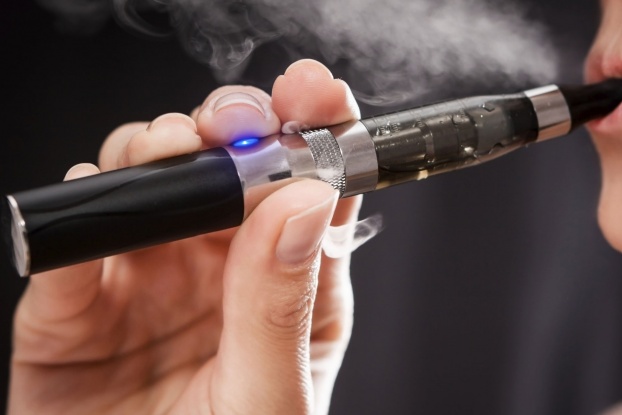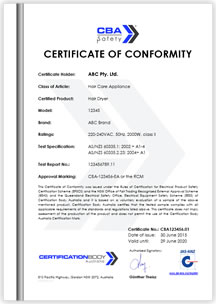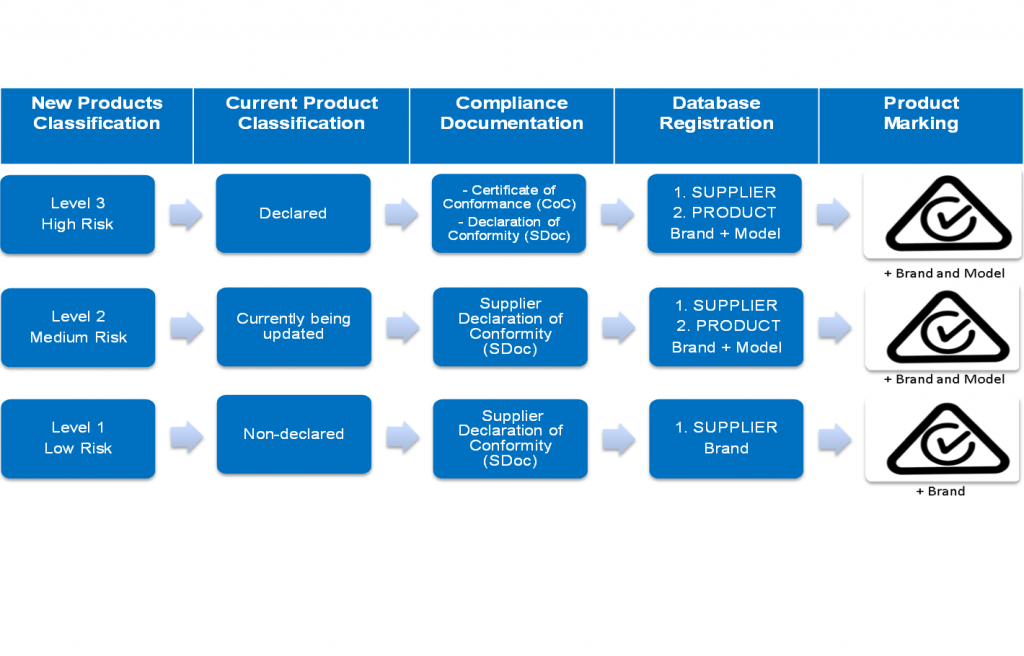New Acoustic Safety requirements in Australia starting from 01 March 2017
The Australian standard AS/CA S042.1: 2015 requires telecommunication devices to comply with acoustic safety requirement as specified in clause 5.5.1. The Maximum Sound Pressure Level (SPL) measured at the Ear Reference Point (ERP) shall be less or equal to 120 dBA.
It is a mandatory requirement and the test procedure for this test is described in clause 6.3 of AS/CA S042.1: 2015 (standard attached).
This test method is very similar to the test method of SPL measurement described in the standard AS/CA S004: 2013 for devices connected to the PSTN/ISDN Network.
Under older version of the Telecommunication Labelling Notice TLN 2001 (Schedule 1 Note 27), a compliance level 1 applies to the maximum sound pressure level requirement of S042.1. This means that a manufacturer’s declaration that the device is in compliance with acoustic safety requirement of AS/CA S042.1: 2015 and has SPL level less than 120 dBA was acceptable.
However, in the new TLN 2015, the note 27 was removed and AS/CA S042.1: 2015 was defined as a high risk standard, which means that only accredited test labs or Australian ACMA certification bodies can issue a AS/CA S042.1: 2015 test report.
The existing version of TLN 2001 will expire at the end of February 2017 (2 years grandfathering period). From 01 March 2017, for demonstrating compliance with SPL requirement we will require a report and test data prepared under test procedure as describe in AS/CA S042.1: 2015. Previously provided reports to EN 50332-1 & 2 will not be sufficient for approval of mobile phones.
Currently, as there is no accredited lab to AS/CA S042.1: 2015 we will not require acoustic safety reports from accredited lab and will accept any test reports provided under test procedure described in clause 6.3 of AS/CA S042.1: 2015 supplied together with a manufacturer’s declaration statement.











